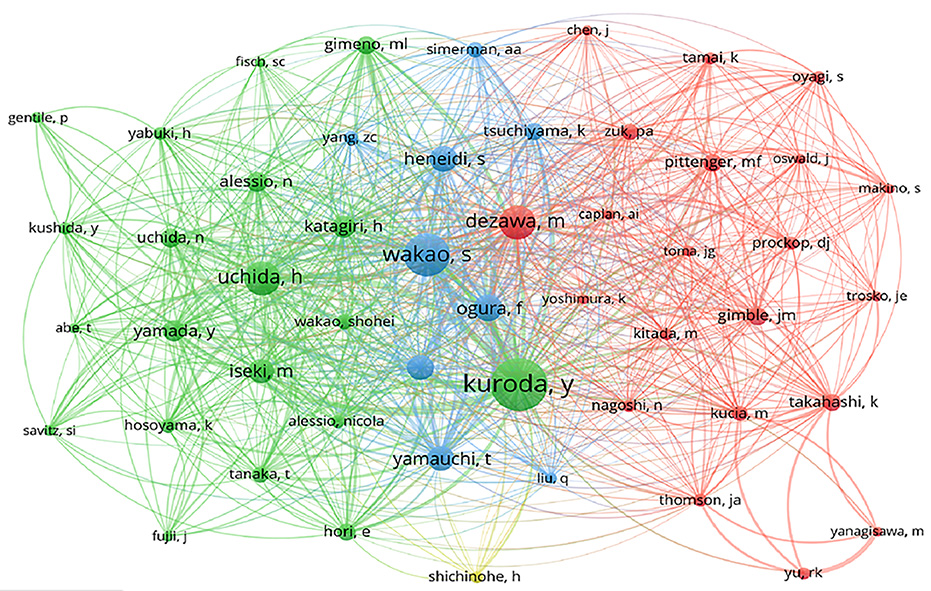Bibliometric analysis of studies on multilineage-differentiating stress-enduring (Muse) cells.

Downloads
DOI:
https://doi.org/10.26326/2281-9649.32.3.2382How to Cite
Abstract
Multilineage-differentiating stress-enduring (Muse) cells are a high-quality subpopulation of mesenchymal stem cells. Muse cells not only have the potential to differentiate into three distinct germ layers, but they are also non-tumorigenic. Their properties and clinical applications have attracted much attention.
Objective. Bibliometric analysis of Muse cells may provide important directions for future research.
Methods. “Multilineage-differentiating stress-enduring cells” and “Muse cells” were used as keywords to search for relevant publications from 2010 to 2022. Statistical analyses were performed using VOSviewer and Excel software to obtain bubble maps and know-ledge maps.
Results. A total of 82 studies of Muse cells published in the past 10 years was identified. Over that time, the focus of those studies has shifted from basic research (keywords: “transplantation”, “mesenchymal stem cells”, “differentiation”) to clinical applications (keywords: “stroke”, “regeneration”). Japan and the United States have invested more funding in this field and have published more articles.
Conclusion. As the first visualization analysis of Muse cells, we review the research status of this field, and predict future research directions to a certain extent.
